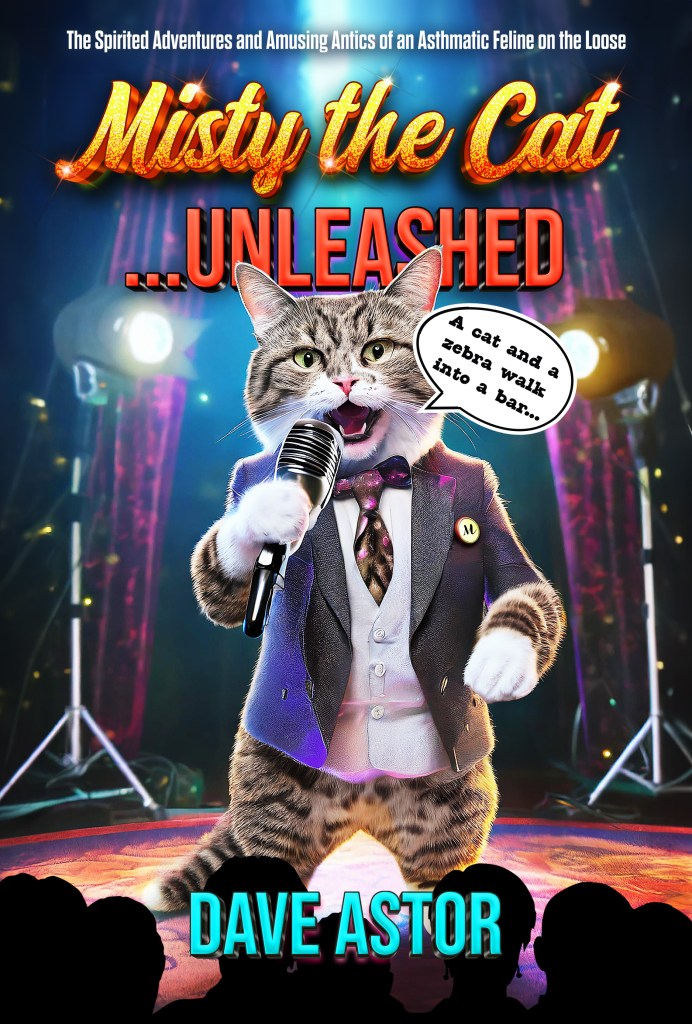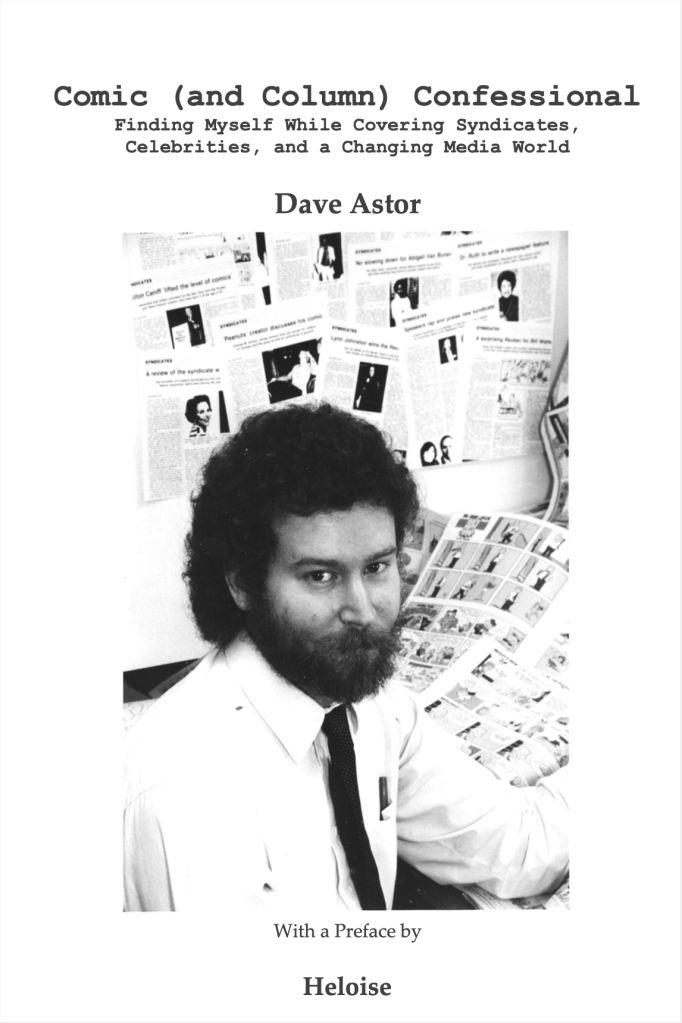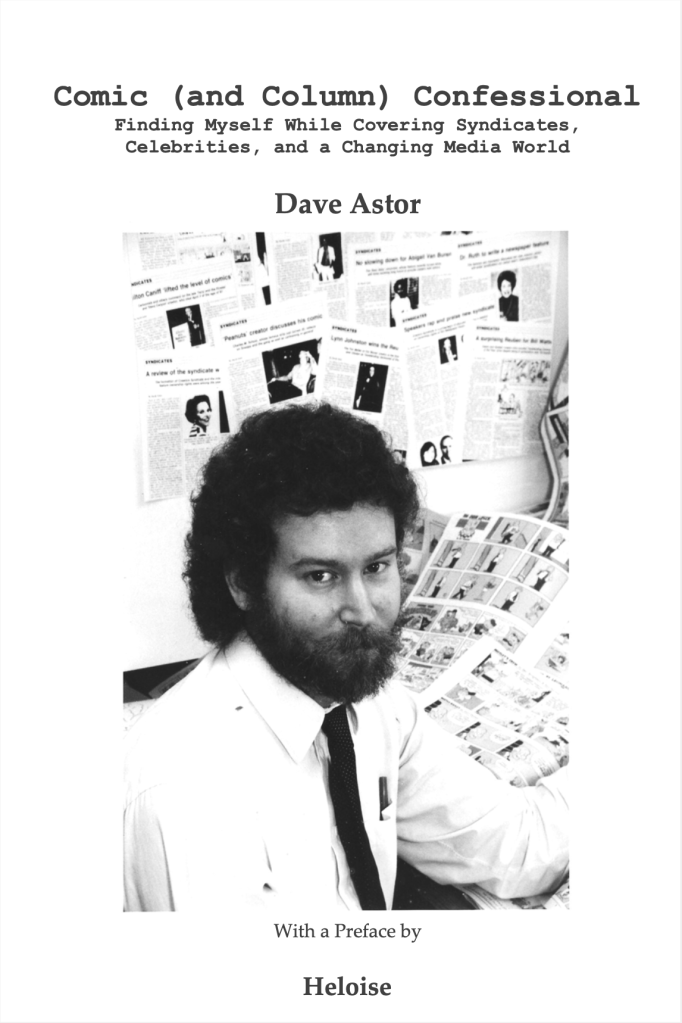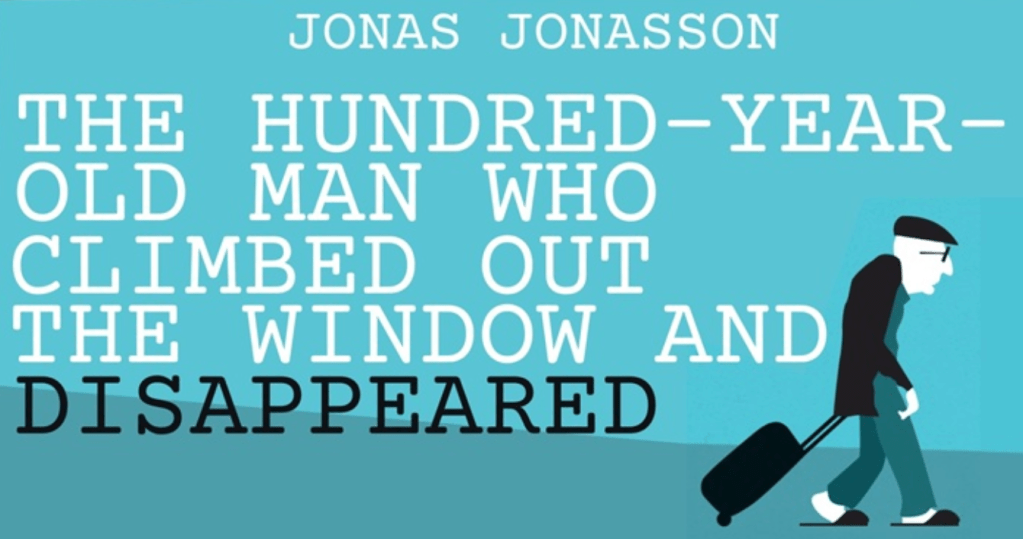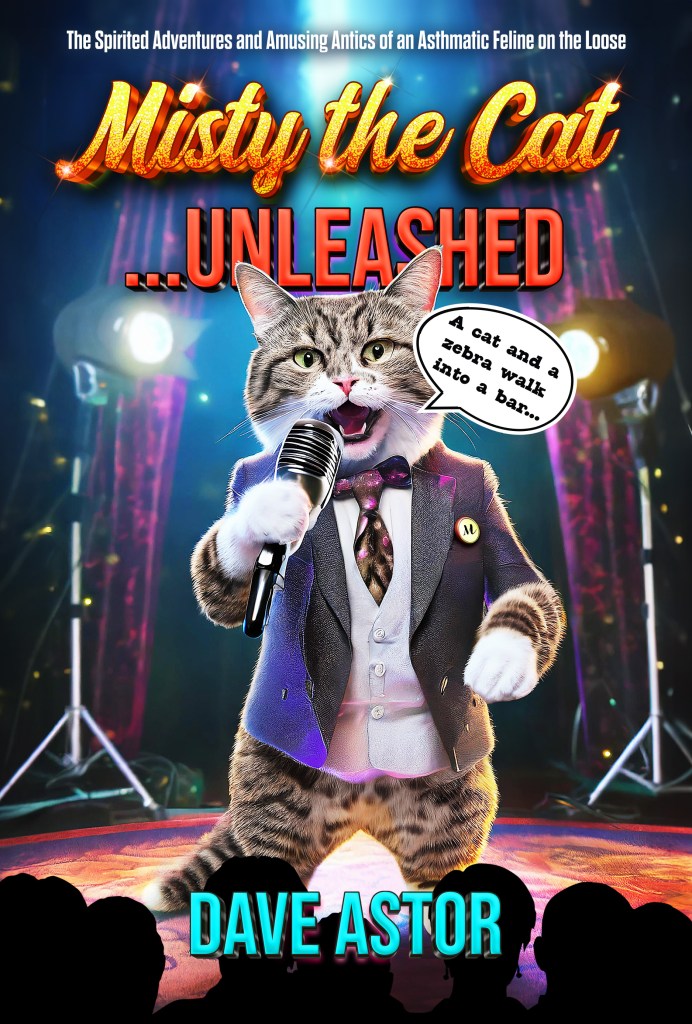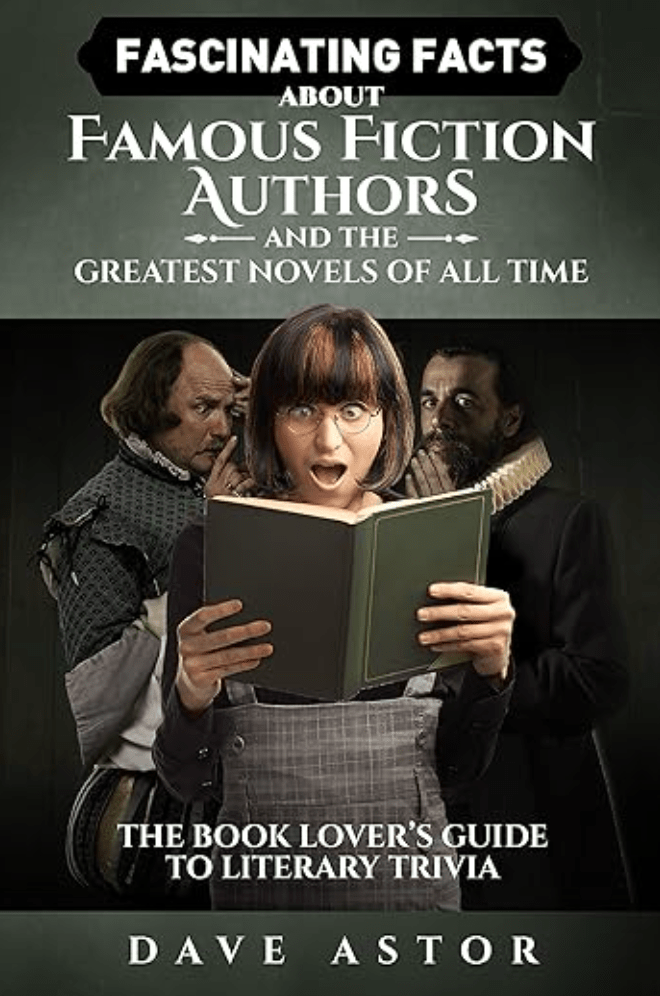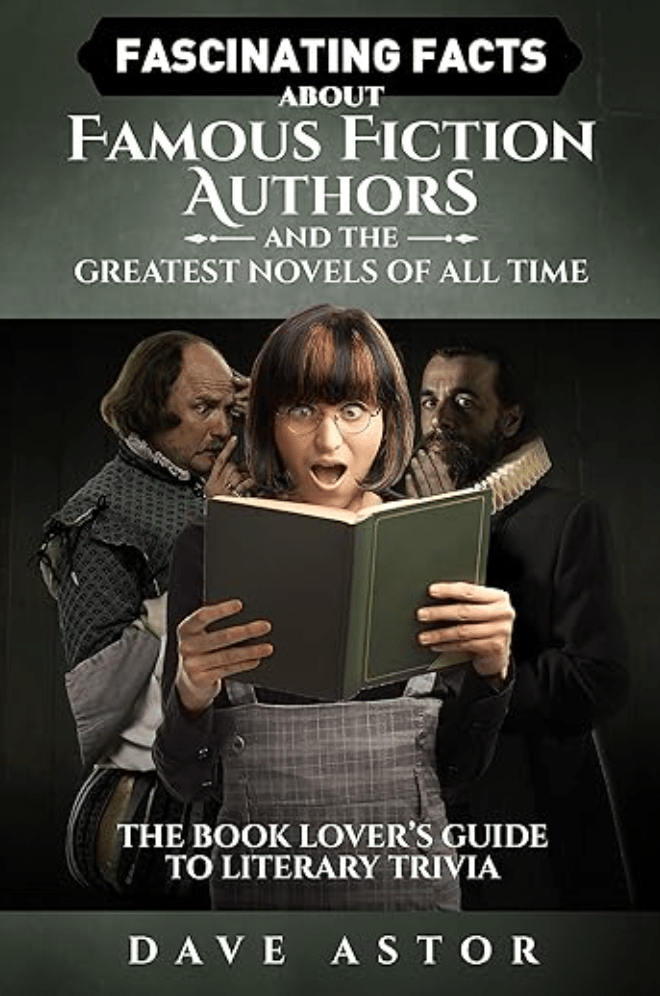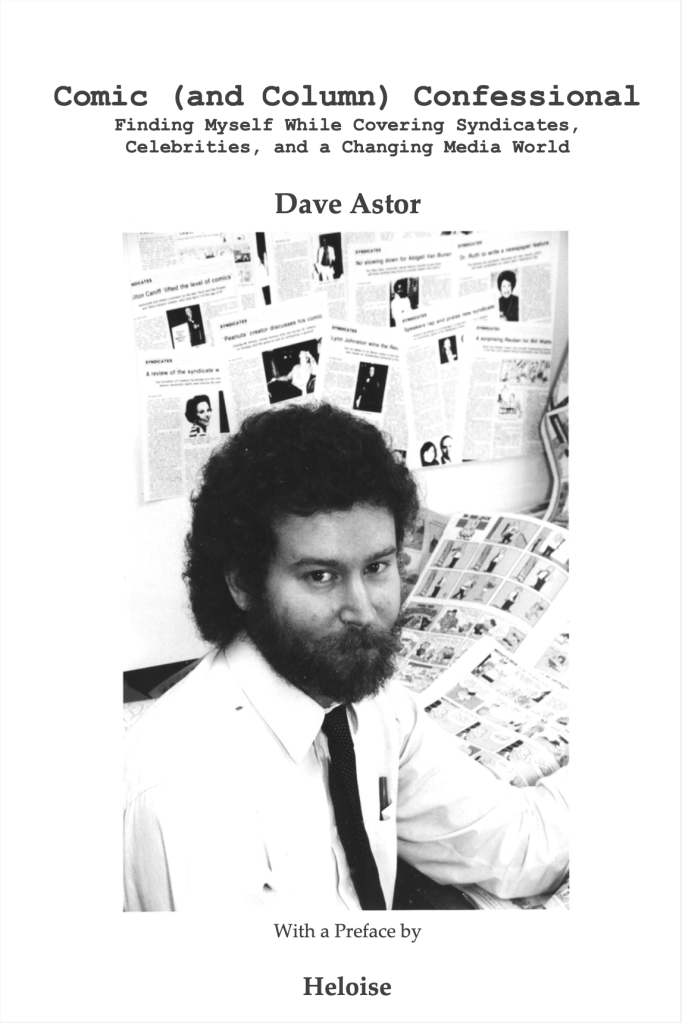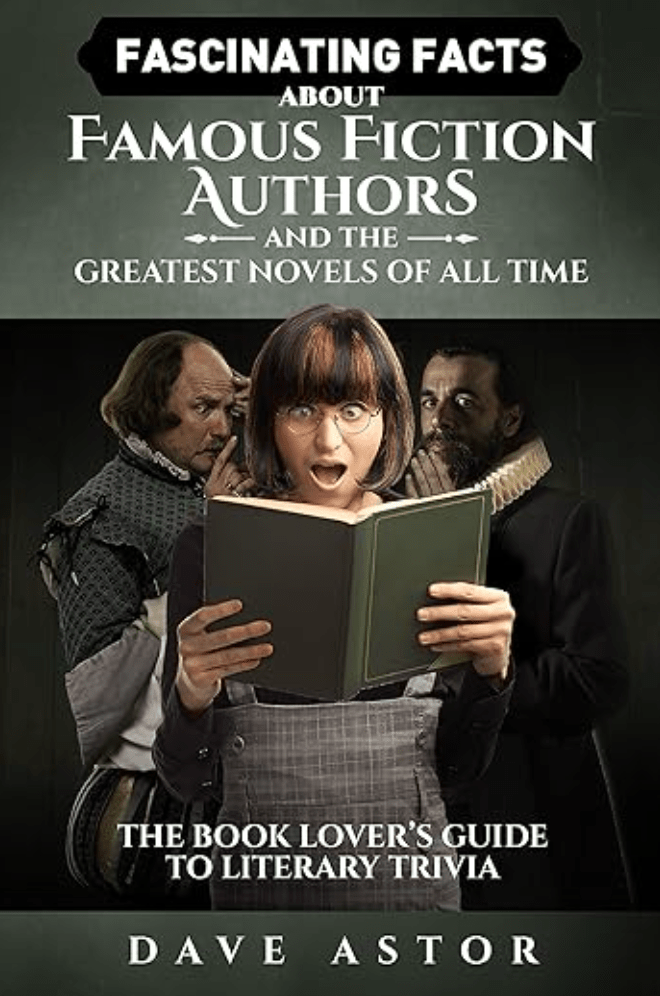
As you can see in the above screen shot from the “backstage” area of WordPress, my blog’s traffic rose quite a bit in 2025 over 2024. A big chunk of that was a sudden spike in engagement from China, which apparently also happened to many other WP bloggers and might in large part be due to bot activity. But my blog did see legit viewing increases in my native U.S. and other countries, so thank you to all who read my posts and commented last year! I continue to love the conversations!
My 2025 posts that received the most comments:
1. “Scotland Is a Land of Notable Authors,” February 23, 147 comments.
2. “Reading Dystopian Fiction During a Real-Life Dystopia,” June 15, 146 comments.
3. “Memorable Book Titles,” November 30, 145 comments.
4. “Fictional People Are Getting Deported, Too,” August 31, 135 comments.
5. “Spies in Literature,” September 14, 130 comments.
6. “The Ardor Order of Jane Austen,” February 2, 129 comments.
7. “We Were All Kids in the Beginning, Except for Benjamin Button,” March 16, 127 comments.
8. “Is There Reader Zest for Lists of Best?,” April 6, 126 comments.
9. “The Philosophy Club of Characters and Authors,” April 27, 123 comments.
10. “An Array of Admirable Activists,” July 6, 122 comments.
11. “Paying Deference to Novelistic Self-Reference,” March 23, 121 comments.
12. (tie) “Briefly Rome-ing Through Italian Literature,” May 18, 118 comments.
12. (tie) “News and Mood Can Change Reading Choices,” February 16, 118 comments.
12. (tie) “Immigration in Lit Amid the Latest Nativist Snit,” January 26, 118 comments.
15. “Feline Post Includes Mentions of Jane Austen and The Host,” December 7, 116 comments.
Starting tomorrow, I will be off the Internet for some or much of this week and the early part of the following week, so I might reply to comments more slowly than usual or not be able to reply at all. Also, I won’t be publishing a new piece next Sunday, January 11 — which will unfortunately end my streak of not missing a weekly post since 2018. 😦 I expect to be back with a regular post on Sunday, January 18, after which I’ll reply to comments in the usual way. 🙂
Misty the cat says: “As you can see, I leave my cat bed for a few seconds each winter.”
My comedic 2024 book — the part-factual/part-fictional/not-a-children’s-work Misty the Cat…Unleashed — is described and can be purchased on Amazon in paperback or on Kindle. It’s feline-narrated! (And Amazon reviews are welcome. 🙂 )
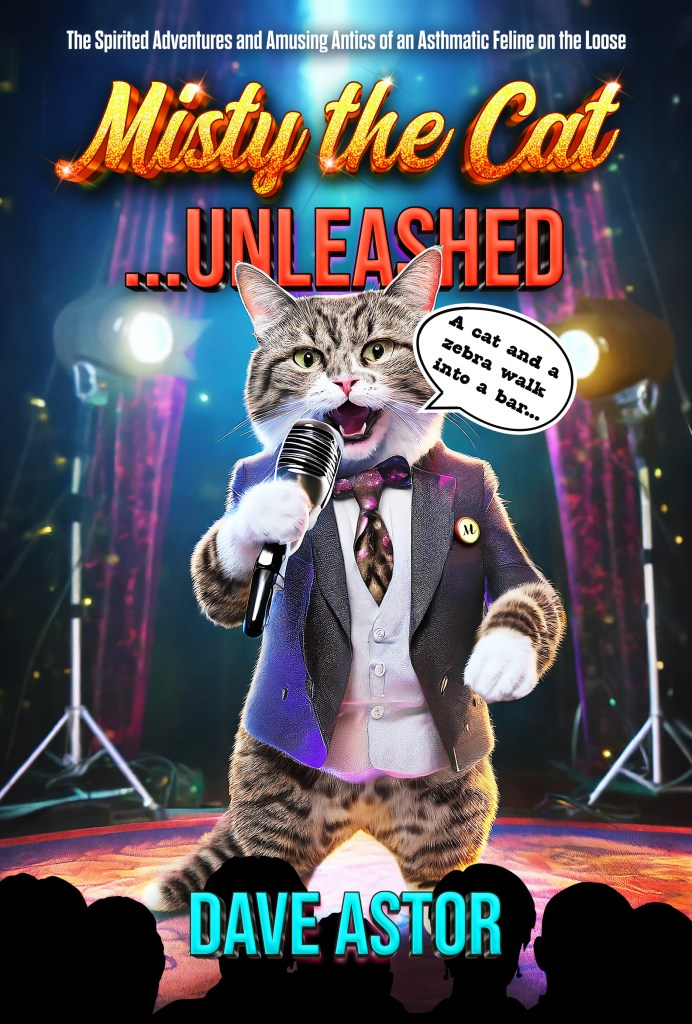
This 90-second promo video for the book features a talking cat: 🙂
I’m also the author of a 2017 literary-trivia book…
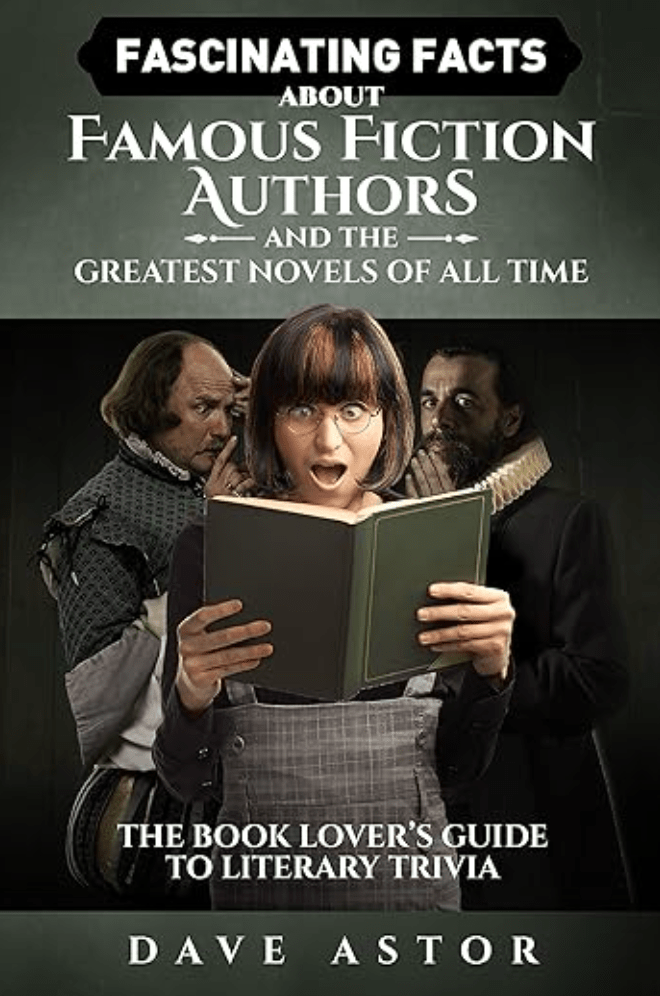
…and a 2012 memoir that focuses on cartooning and more, including many encounters with celebrities.
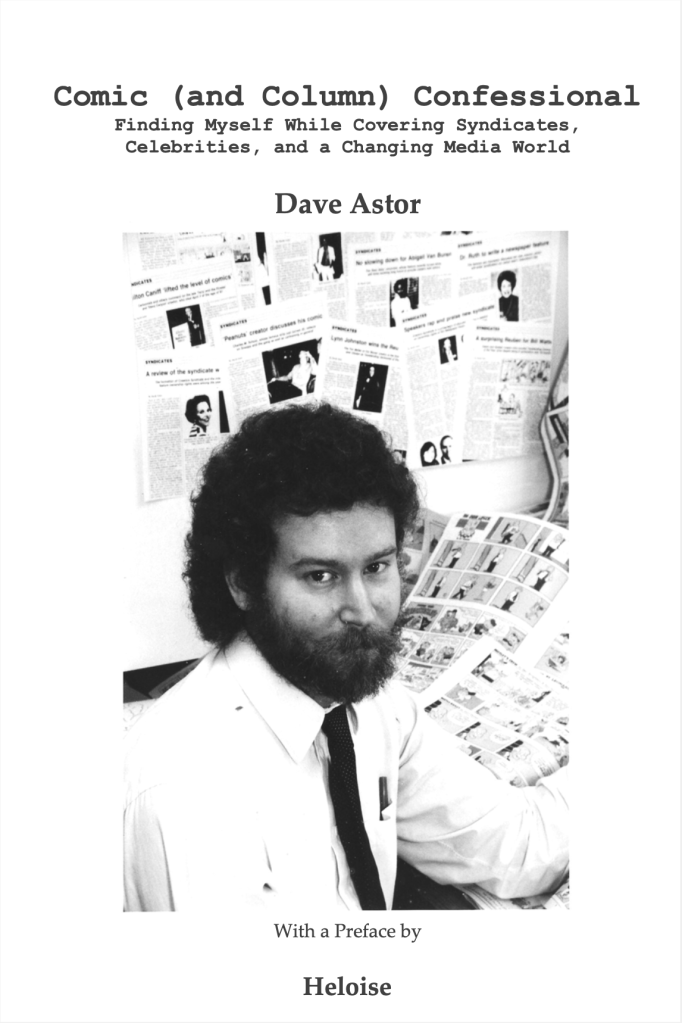
In addition to this weekly blog, I write the 2003-started/award-winning “Montclairvoyant” topical-humor column every Thursday for Montclair Local. The latest piece — which has a wintry theme — is here.

